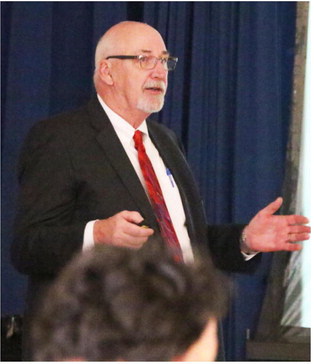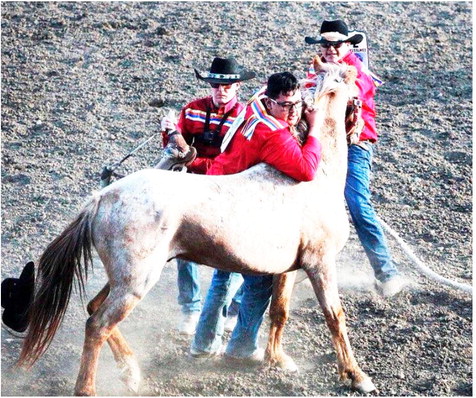Information Provided About Fort Peck Test Flows


U.S. Army Corps of Engineers’ representatives provided information about plans for the Fort Peck test flow during a Missouri River water management meeting held in Poplar on Thursday, March 28.
In November 2021, the Fort Peck Dam test release EIS Record of Decision was signed. The purpose of the test flows is to evaluate the potential for achieving pallid sturgeon spawning and recruitment on the upper Missouri River.
John Remus, chief of the Missouri River Basin Water Management office for the northwestern office, explained that the new targets for the test flow are 18,000 cubic feet per second in Wolf Point during April/ May and 22,500 cfs in Wolf Point during June. Originally, the high amount was 28,000 cfs.
Part of the reason for the shift is to achieve better temperatures, according to officials. Remus noted that this is only a test in order to collect data. If benefits are seen, then officials might use that information to shape another test. He added that officials will monitor fish on both the Missouri and Yellowstone rivers.
To keep stakeholders informed, WebEx meetings are scheduled on a weekly basis on Wednesdays at noon Mountain Time. There will be a link to the conference on the Corps of Engineers’ website. Press releases will also provide information.
If you have any questions, email missouri.water.management@usace. army.mil. Ramus said officials will try to give out as much information as they can as soon as they can.
Ramus said the Corps is conducing “human consideration monitoring” including aerial photography, physical surveys, cultural resource monitoring, dam safety monitoring and water quality monitoring.
After an irrigator expressed concerned about a possible shortage of water near the end of the growing season, Remus said that Fort Peck will end the growing season with less water than normal, but officials will try to store more water during the winter months.
One goal is if something is discovered that can be done positive for the pallid sturgeon, then a longterm solution will be explored.
Remus said another test is unlikely for next year, but the EIS requires that between three and five test flows take place. The next test flow might not occur for 10 to 15 years. Remus said it’s important for everyone to comply with the EIS in order to keep some control of the situation.
Also during the meeting, officials said the area should experience a warm, dry summer. No flooding is anticipated in the Northern Plains.


